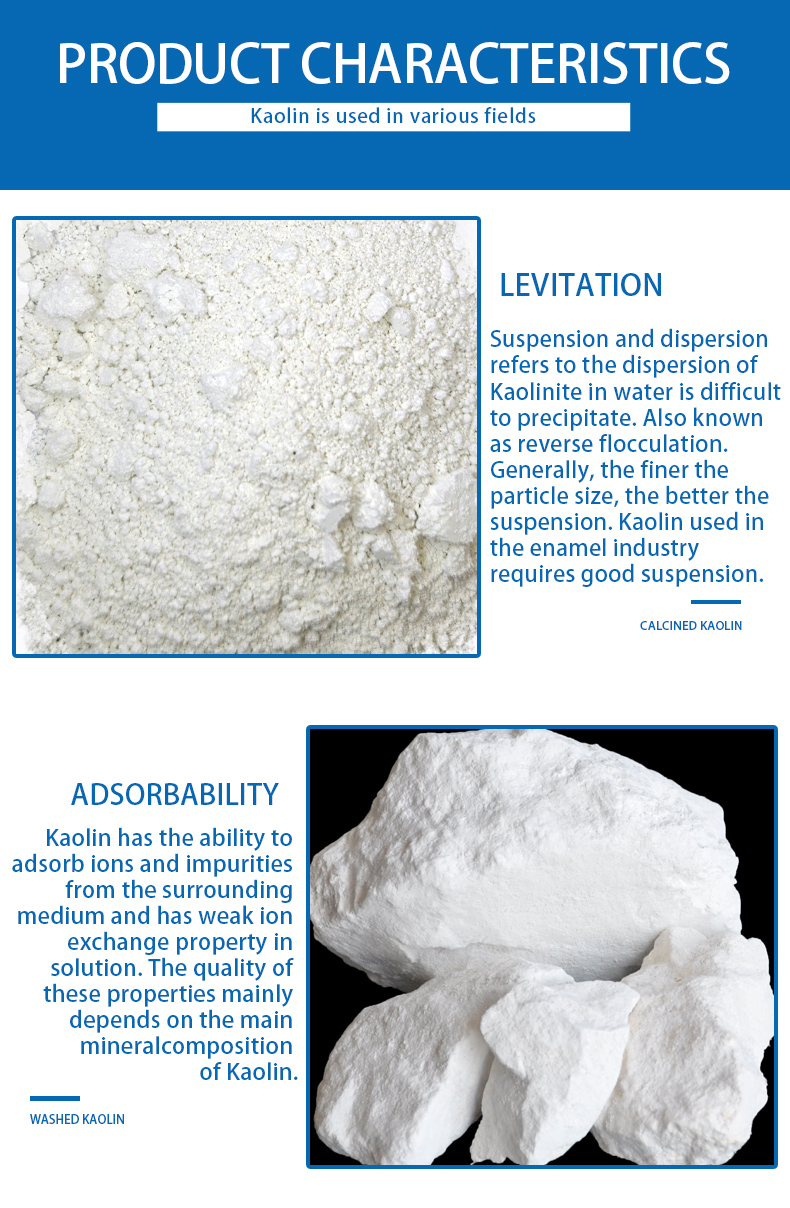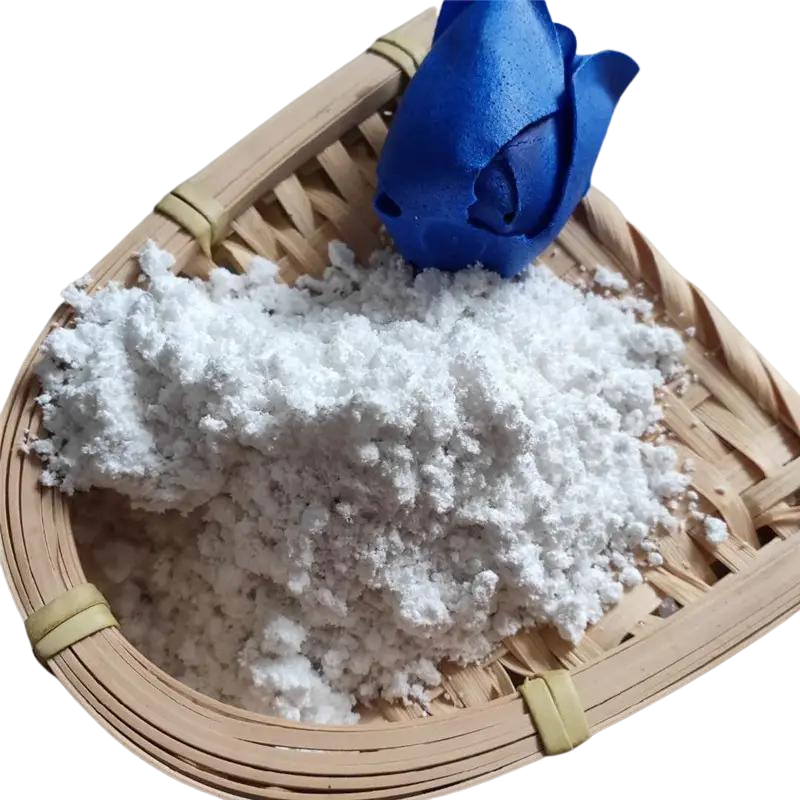
2 月 . 16, 2025 16:52
Back to list
fly ash
Fly ash, a by-product of coal combustion in power plants, plays an instrumental role in multiple industries, particularly in construction. In China, where coal remains a dominant energy source, various types of fly ash have been utilized and researched extensively, leading to distinct characteristics and applications that can benefit various sectors.
3. Ultra-Fine Fly Ash Thanks to advancements in processing technology, ultra-fine fly ash modified to nano-scale dimensions offers superior bonding and dispersal characteristics. These enhancements not only boost workability in concrete mixtures but also significantly reduce permeability. Such features are invaluable in waterproofing applications and in producing high-performance concrete for skyscrapers, where weight and strength are critical factors. 4. Spherical Particle Fly Ash This variety, often achieved through precise burning technologies and fuel additives, results in spherical-shaped particles that provide excellent flow characteristics. The smooth texture improves the workability of concrete, reducing the need for water and decreasing drying times. This is particularly useful in urban areas where construction speed and space constraints are critical challenges. China's continuous investment in research is paving the way for the development of innovative applications for fly ash. For instance, research into using treated fly ash as a soil amendment has shown potential benefits in boosting agricultural productivity. The minerals in fly ash can enhance soil fertility, structure, and water retention qualities, contributing to sustainable agriculture practices. Moreover, initiatives to utilize fly ash in the long-range goal of carbon footprint reduction are gaining momentum. Fly ash-activated geopolymer cement is becoming a focal point in environmentally friendly construction materials. These geopolymeric cements reduce reliance on traditional Portland cement, which is responsible for a significant portion of industrial CO2 emissions. The development of these varied types of fly ash in China underscores an unwavering commitment to sustainability and innovation. It highlights the essential role of engineering prowess and environmental stewardship in utilizing industrial by-products for robust growth. This aligns with global efforts to reduce waste, manage resources efficiently, and create a sustainable future. As China continues to evolve its use of fly ash, businesses that tap into these innovative uses are well-positioned to contribute to and benefit from a greener economy.


3. Ultra-Fine Fly Ash Thanks to advancements in processing technology, ultra-fine fly ash modified to nano-scale dimensions offers superior bonding and dispersal characteristics. These enhancements not only boost workability in concrete mixtures but also significantly reduce permeability. Such features are invaluable in waterproofing applications and in producing high-performance concrete for skyscrapers, where weight and strength are critical factors. 4. Spherical Particle Fly Ash This variety, often achieved through precise burning technologies and fuel additives, results in spherical-shaped particles that provide excellent flow characteristics. The smooth texture improves the workability of concrete, reducing the need for water and decreasing drying times. This is particularly useful in urban areas where construction speed and space constraints are critical challenges. China's continuous investment in research is paving the way for the development of innovative applications for fly ash. For instance, research into using treated fly ash as a soil amendment has shown potential benefits in boosting agricultural productivity. The minerals in fly ash can enhance soil fertility, structure, and water retention qualities, contributing to sustainable agriculture practices. Moreover, initiatives to utilize fly ash in the long-range goal of carbon footprint reduction are gaining momentum. Fly ash-activated geopolymer cement is becoming a focal point in environmentally friendly construction materials. These geopolymeric cements reduce reliance on traditional Portland cement, which is responsible for a significant portion of industrial CO2 emissions. The development of these varied types of fly ash in China underscores an unwavering commitment to sustainability and innovation. It highlights the essential role of engineering prowess and environmental stewardship in utilizing industrial by-products for robust growth. This aligns with global efforts to reduce waste, manage resources efficiently, and create a sustainable future. As China continues to evolve its use of fly ash, businesses that tap into these innovative uses are well-positioned to contribute to and benefit from a greener economy.
Share
Next:
Latest news
-
Premium Pigment Supplier Custom Solutions & Bulk OrdersNewsMay.30,2025
-
Top China Slag Fly Ash Manufacturer OEM Factory SolutionsNewsMay.30,2025
-
Natural Lava Rock & Pumice for Landscaping Durable Volcanic SolutionsNewsMay.30,2025
-
Custom Micro Silica Fume Powder Manufacturers High-Purity SolutionsNewsMay.29,2025
-
Custom Mica Powder Pigment Manufacturers Vibrant Colors & Bulk OrdersNewsMay.29,2025
-
Custom Micro Silica Fume Powder Manufacturers Premium QualityNewsMay.29,2025






